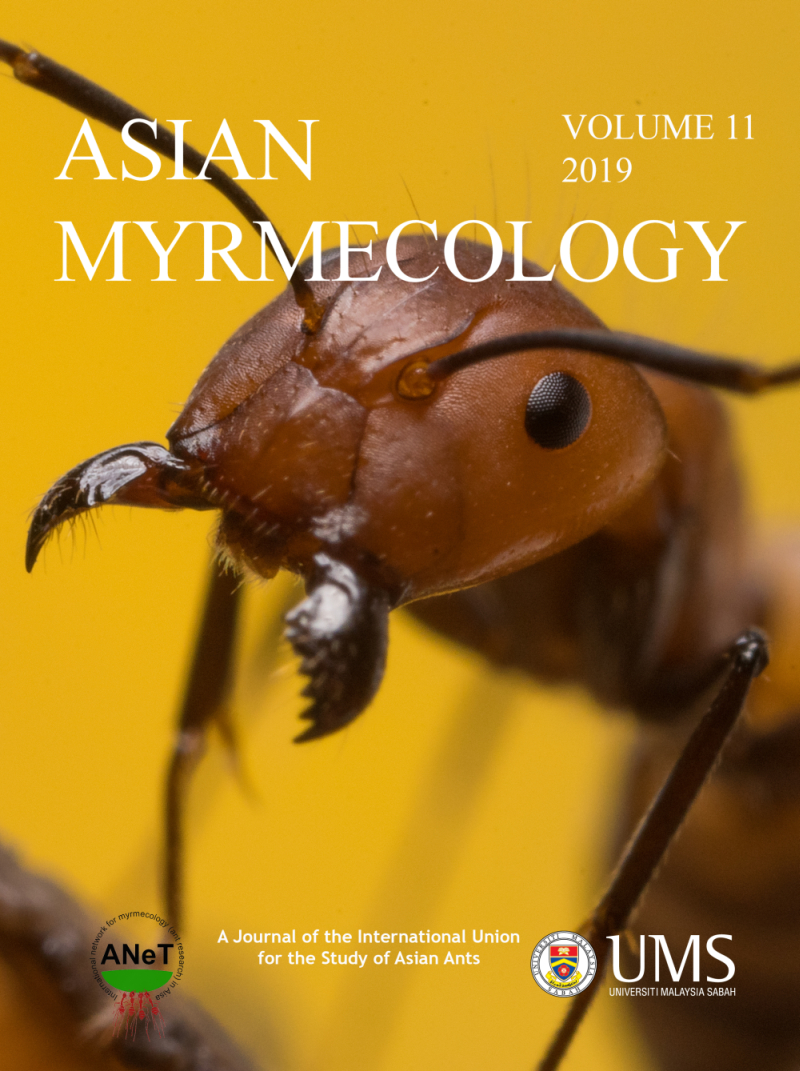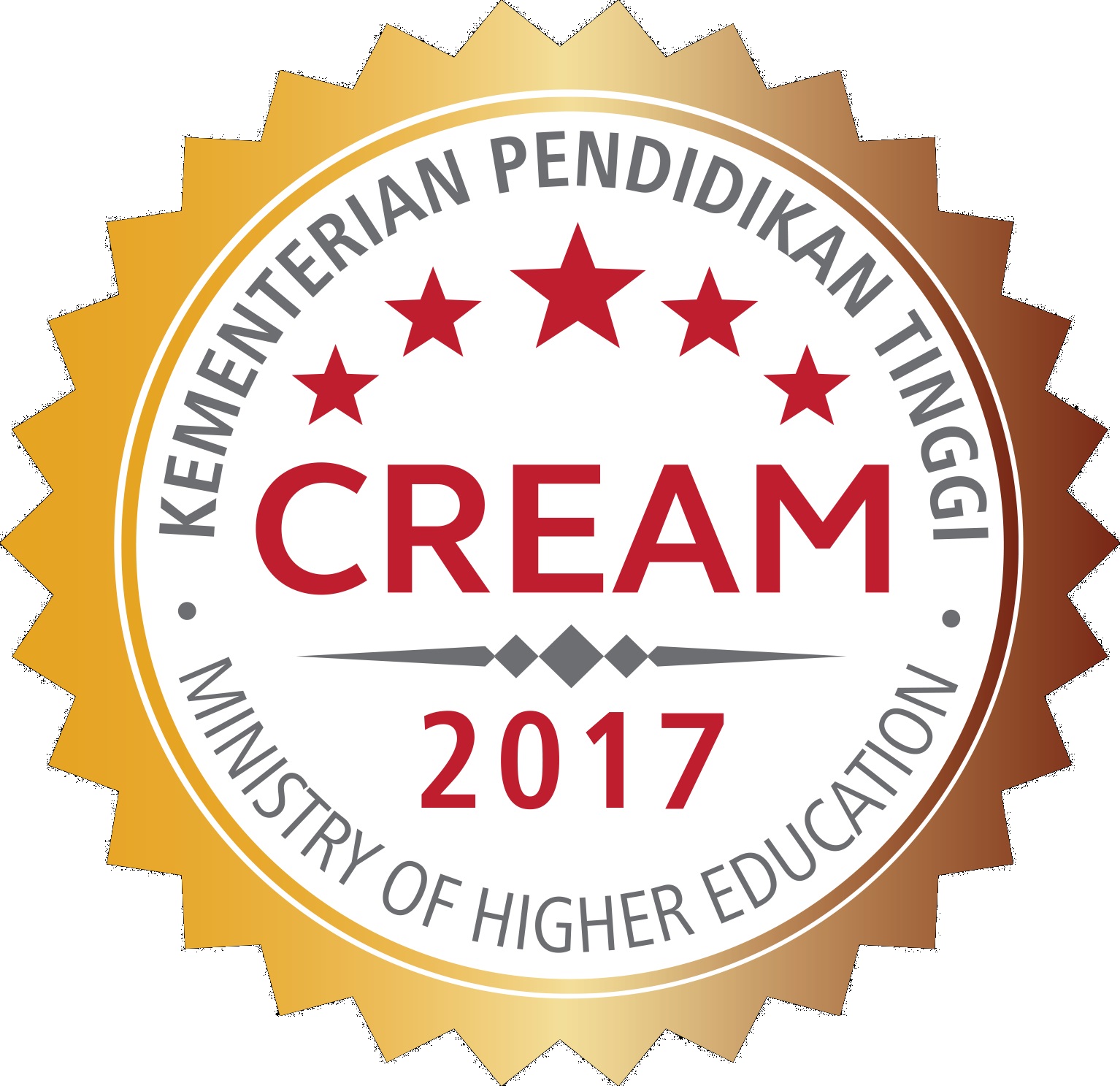ASIAN
MYRMECOLOGY
Image: François Brassard
Morphology
Asian Myrmecology, Volume 8, pages 101-106, published December 2016
DOI: 10.20362/am.008017
article first published online: 06/May/2016
Morphology and ultrastructure of Pavan’s gland of Aneuretus simoni (Formicidae, Aneuretinae)
JOHAN BILLEN* & SEBASTIAAN VERBESSELT
Abstract:
Workers of Aneuretus simoni have a well-developed Pavan’s gland, which is the exocrine character that makes the Aneuretinae and Dolichoderinae sister groups. The secretory epithelium of the gland consists in both minor and major workers of an anterior and a posterior part, which makes them different from the Dolichoderinae where the gland is formed by a single part only. At the ultrastructural level, the secretory cells are characterized by a very prominent smooth endoplasmic reticulum, which is in line with the production of trail pheromones in this species. The presence of the gland and hence the ability to lay trail pheromones can be understood as literature data report trail involving behaviours in both castes, minor workers being more active in foraging, while majors play a role during nest emigration.
Keywords:
Aneuretus simoni, Aneuretinae, Pavan’s gland, morphology, ultrastructure
Get PDF (2480K):
KU Leuven, Zoological Institute, Naamsestraat 59, box 2466, B-3000 Leuven, Belgium
*Corresponding author: johan.billen@bio.kuleuven.be



